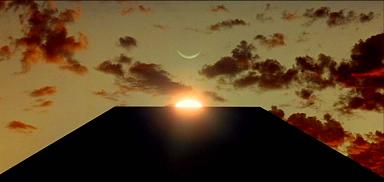A Lexicographic Basis for the Binary Golay Code:
Brouwer and Guven — "Long ago," in
"The generating rank of the space of short vectors
in the Leech lattice mod 2," by
Andries Brouwer & Cicek Guven,
https://www.win.tue.nl/~aeb/preprints/udim24a.pdf —
"One checks by computer" that this is a basis:
000000000000000011111111
000000000000111100001111
000000000011001100110011
000000000101010101010101
000000001001011001101001
000000110000001101010110
000001010000010101100011
000010010000011000111010
000100010001000101111000
001000010001001000011101
010000010001010001001110
100000010001011100100100
(Copied from the Brouwer-Guven paper)
_________________________________________________
Adlam at Harvard —
"Constructing the Extended Binary Golay Code,"
by Ben Adlam, Harvard University, August 9, 2011,
https://fliphtml5.com/llqx/wppz/basic —
Adlam also asserts, citing a reference, that this same
set of twelve vectors is a basis:
000000000000000011111111
000000000000111100001111
000000000011001100110011
000000000101010101010101
000000001001011001101001
000000110000001101010110
000001010000010101100011
000010010000011000111010
000100010001000101111000
001000010001001000011101
010000010001010001001110
100000010001011100100100
(Copied from the Adlam paper)
__________________________________________________
Sources —

"One checks by computer" —
At http://magma.maths.usyd.edu.au/calc/ —
|
> V24 := VectorSpace(FiniteField(2), 24); > G := sub< V24 | > [0,0,0,0,0,0,0,0,0,0,0,0,0,0,0,0,1,1,1,1,1,1,1,1], > [0,0,0,0,0,0,0,0,0,0,0,0,1,1,1,1,0,0,0,0,1,1,1,1], > [0,0,0,0,0,0,0,0,0,0,1,1,0,0,1,1,0,0,1,1,0,0,1,1], > [0,0,0,0,0,0,0,0,0,1,0,1,0,1,0,1,0,1,0,1,0,1,0,1], > [0,0,0,0,0,0,0,0,1,0,0,1,0,1,1,0,0,1,1,0,1,0,0,1], > [0,0,0,0,0,0,1,1,0,0,0,0,0,0,1,1,0,1,0,1,0,1,1,0], > [0,0,0,0,0,1,0,1,0,0,0,0,0,1,0,1,0,1,1,0,0,0,1,1], > [0,0,0,0,1,0,0,1,0,0,0,0,0,1,1,0,0,0,1,1,1,0,1,0], > [0,0,0,1,0,0,0,1,0,0,0,1,0,0,0,1,0,1,1,1,1,0,0,0], > [0,0,1,0,0,0,0,1,0,0,0,1,0,0,1,0,0,0,0,1,1,1,0,1], > [0,1,0,0,0,0,0,1,0,0,0,1,0,1,0,0,0,1,0,0,1,1,1,0], > [1,0,0,0,0,0,0,1,0,0,0,1,0,1,1,1,0,0,1,0,0,1,0,0]>; > Dimension(G); 12 |








